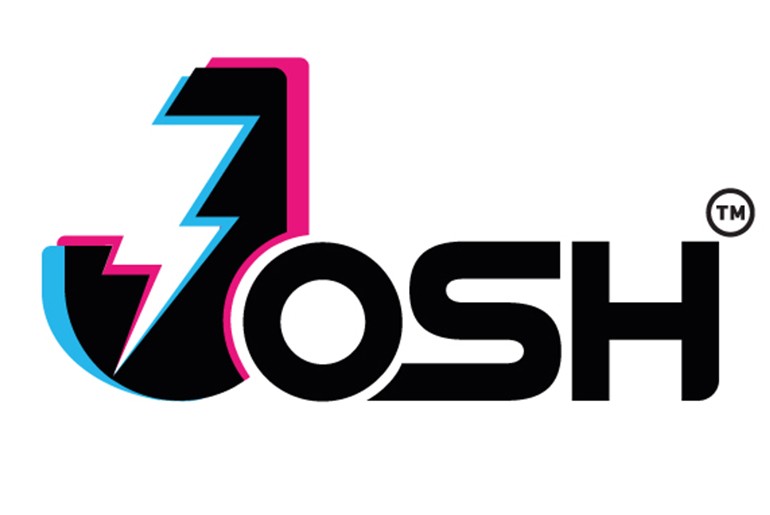Youth Advisory Group
Youth ke Bol (YKB) is a first of its kind, pan-Indian, diverse, inclusive and representative youth-led coalition that aims to engage 1 million young Indians.
The Advisory Group is a representative set of young leaders from across India who advise on the mandate and strategy of Youth Ke Bol. As part of Youth Ke Bol’s engagement strategy to incorporate the voices of young people and build partnerships with them as critical stakeholders for change making, the group will work towards advancing access to contraception.
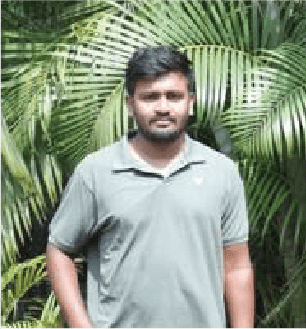
Naveen Kumar
Naveen Kumar is from Jamshedpur, Jharkhand where he’s been working with an NGO called People for Change for the last 2 years. His areas of expertise are conducting sessions on Gender, Menstrual Hygiene, SRHR, and Mental Health. In these themes, he has worked with adolescents, children, women and LGBTQIA+ community members.
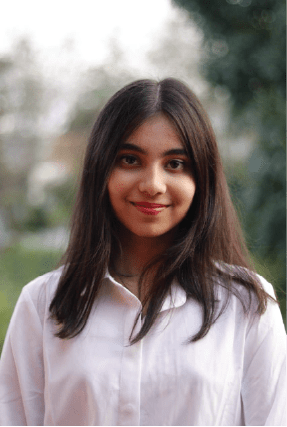
Shukti
Shukti is a second year BA English student studying in Azim Premji University, Bangalore, Karnataka. She is affiliated with a nationwide autonomous youth network on adolescent health advocacy called STEPS (Stepping Towards Enhancing Policy Structures) through which she engages in initiatives to inform India's National Adolescent Health Program at her state/province level as well as at the national level. She is an advocate of adolescent mental health as well as sexual reproductive health rights.
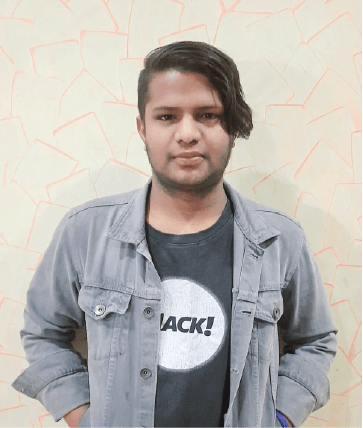
Modampuri Rakesh Raju
Rakesh, recently finished his under-graduation from Osmania University with Bachelor’s of Arts (History, Political Science & Public Administration). He also holds a Diploma in Civil Engineering and has three years of teaching experience. He is currently working as a Youth Coordinator in Hyderabad with a Youth Development Organisations called “Rubaroo”, which mainly works on Gender, Interfaith & Youth Development Activities. He is a Co-Founder of Young Zoomers Club, an online youth space, supported by holloways.org based out of Oxford. He is an advocate of Dialoguing, Gender Sensitization & Sexual Reproductive Health Rights.
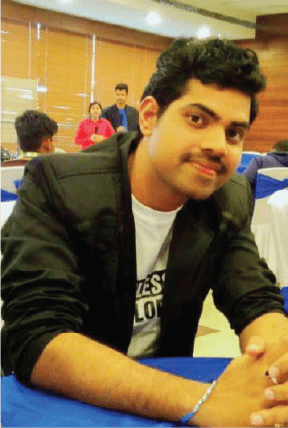
Jay Prakash
Jay Prakash is currently pursuing Masters of social work from Patna University. He has been working in the development sector for last four years in various local and national organisation. He was associated with Restless Development as a youth Accountability Advocate on youth-led accountability programme for SDG 5 & FP2020, where he worked to understand young people's knowledge, attitude & practice toward sexual and reproductive health, information & services. Along with his network of changemakers, he has documented the voices & lived experiences of 500+ young people in the community. He leads various campaigns and awareness events for youth related issues.
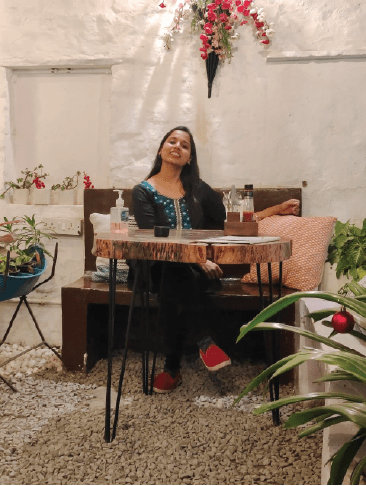
Tanaya Das
Tanaya is from Begusarai, Bihar. She is pursuing B.A. LL.B from Chanakya National Law University, Patna, Bihar. She is interested in exploring themes such as human rights, social inequity and sexual and reproductive health and rights.
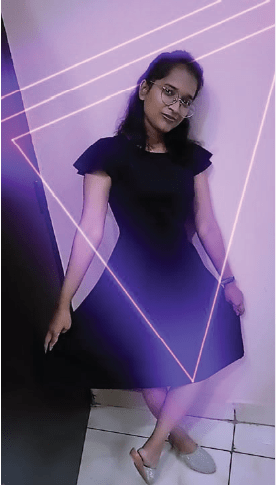
Twinkle Singh
Twinkle belongs to Amethi, Uttar Pradesh. She has completed her post-graduation with a Masters in Social Work and is currently working with Sehbhagi Sikkshan Kendra, Lucknow as a Project Associate on Disaster Risk Reduction collaboration with UNICEF.
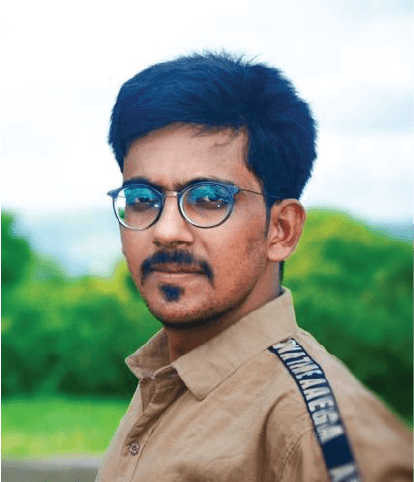
Manish Mitawa
Manish Mitawa (Saini) lives in Viratnagar, Jaipur, Rajasthan. He has completed his Post Graduation in Economics from Rajasthan University and is currently pursuing Masters of Social Work from Open Kota University, Jaipur. From Green Village Development Projects to strengthening women empowerment, working on human rights and establishing dimensions of Low Carbon Technology, he has had the opportunity to work on many social issues. He reached out to 1300 youth with SRHR information and has organised Door to Door Campaigning, Signature Campaigning, FGD, Key Person Interview. He received a block level award by the SDM for his work on bringing awareness in the society.
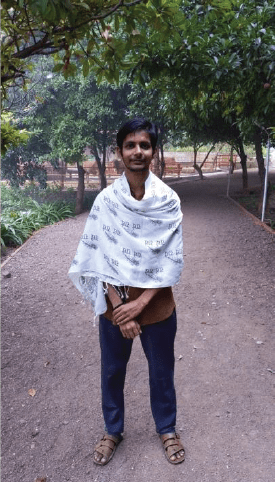
Vaibhav Gaur
Vaibhav is a fourth year law student at Dr. Ram Manohar Lohiya National Law University, Lucknow and has been associated with thee development sector for over 3 years. He has been a ‘Know Your Body Know Your Rights’ Fellow at The YP Foundation where he facilitated sessions on Comprehensive Sexuality Education. He has also been a ‘Jabardast Jagrik’ at Commutiny-The Youth Collective wherein he designed a program on Menstrual Awareness and Sustainability and implemented it in a community for 6 months. He has been a Fellow at YouthKiAwaaz MHM Action Network, Campus Catalyst at Boondh, and Changemaker at ‘It’s Possible Campaign’ of PHIA Foundation. He, at present, is also a Gender Champion at his University and is an upcoming UNLEASH Talent 2022.
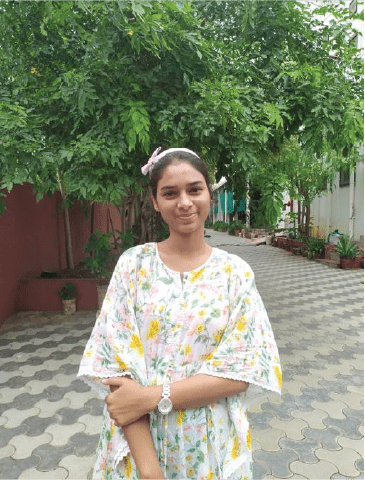
Uma Sivvala
Uma is from Hyderabad who has done her MBA (Human Resources) and is currently working in Rubaroo, a Youth Development Organization based in Hyderabad that works with young people and educationists, inspiring leadership for social change since 2013. Uma has been part of few programmes which made her journey more interesting to learn and work with young people. She facilitates sessions on gender, life skills and leadership programmes.
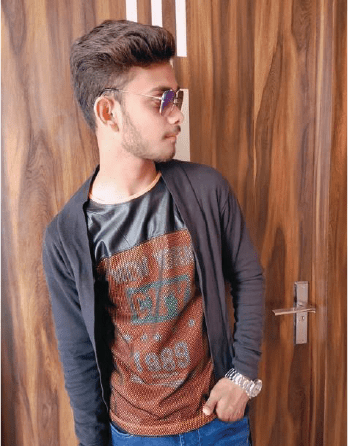
Sourav Saktel
Sourav is from Howrah, West Bengal. He is currently pursuing his Bachelors in Social Work from IGNOU. He is a Founder of a youth development organisation in West Bengal called “Engaging Learning Creating”, which mainly works on engaging youth so they learn to create a better future to live in. He successfully conducted a project government schools where he taught about issues such as Child Sexual Abuse. He has 6 months of experience as an Awareness Manager in Blood Connect and 5 years of teaching experience, along with 6 years of experience volunteering in various organisations such as Samaritan Help Mission, Rashak Foundation, Pravah, Blood Connect. He loves facilitating safe spaces for young people, working with the aim to make a safe and better future to live in.
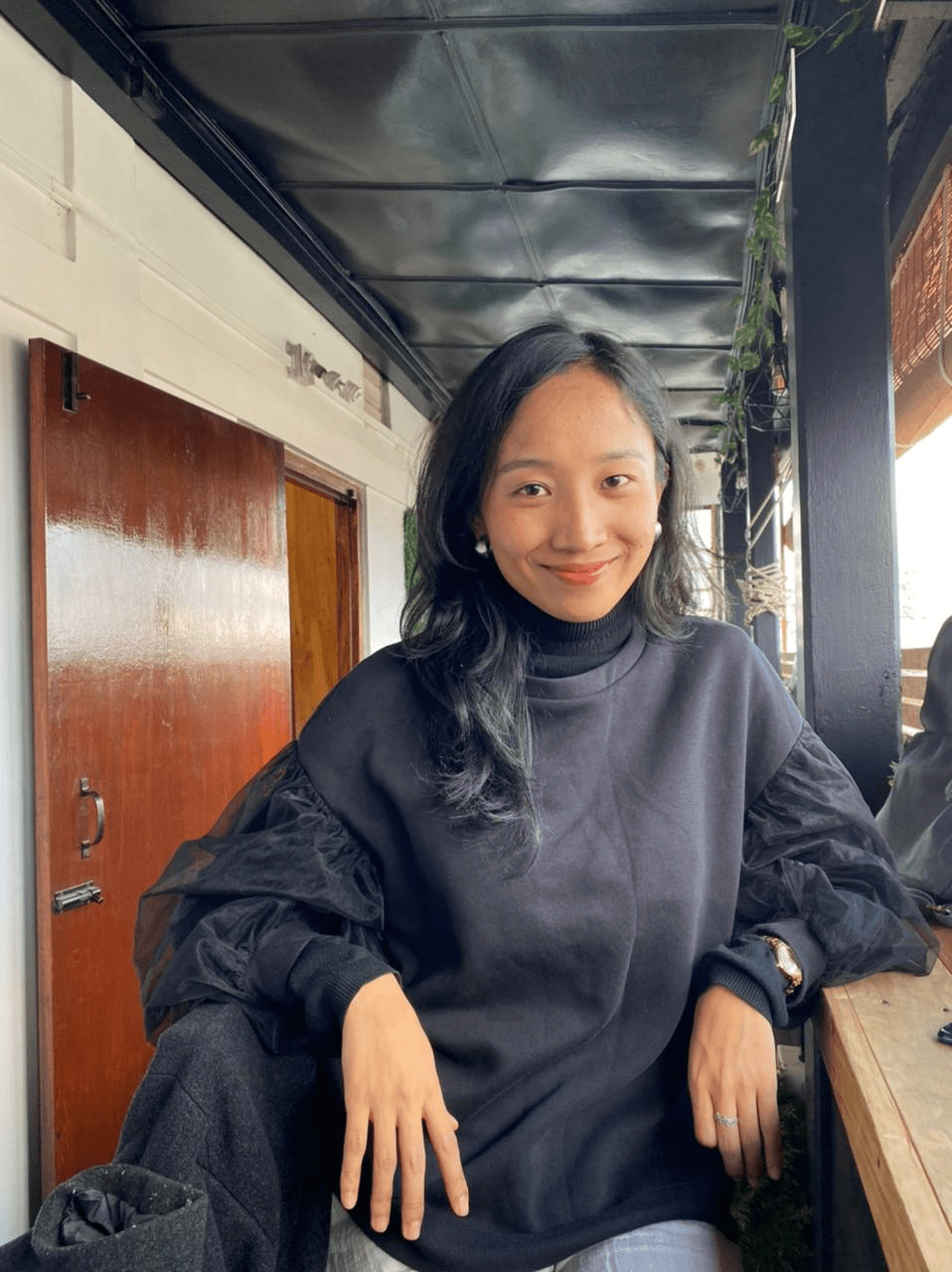
Sekulu Nyekha
Sekulu Nyekha is a young indigenous feminist from Nagaland. She heads the project Feminist Futures India in partnership with CHOICE for Youth and Sexuality. The project works on addressing issues of Sexual and Reproductive Health and Rights of youths in India, primarily rural and indigenious communities. She is part of 120 under 40 The New Generation of Family Planning Leaders by Bill and Melinda Gates Institute with support from Bayer. She has twice been awarded the Youth Trailblazer Award at International Conference on Family Planning. Sekulu uses storytelling to advance her advocacy work and actively engages with young people to be part of decision making bodies. She also works as a research and communications consultant.

Madeeha Mashhood
Myself Madeeha Mashhood from Moradabad, Uttar Pradesh I have done my masters in Early Childhood Development from Jamia Millia Islamia Block Placement in Mobile Creches at Narela and Community visit in Jasola, New Delhi. Currently working as a Child Educator in Moradabad. Hobbies: Reading, exploring new things, travelling, acting and dancing

